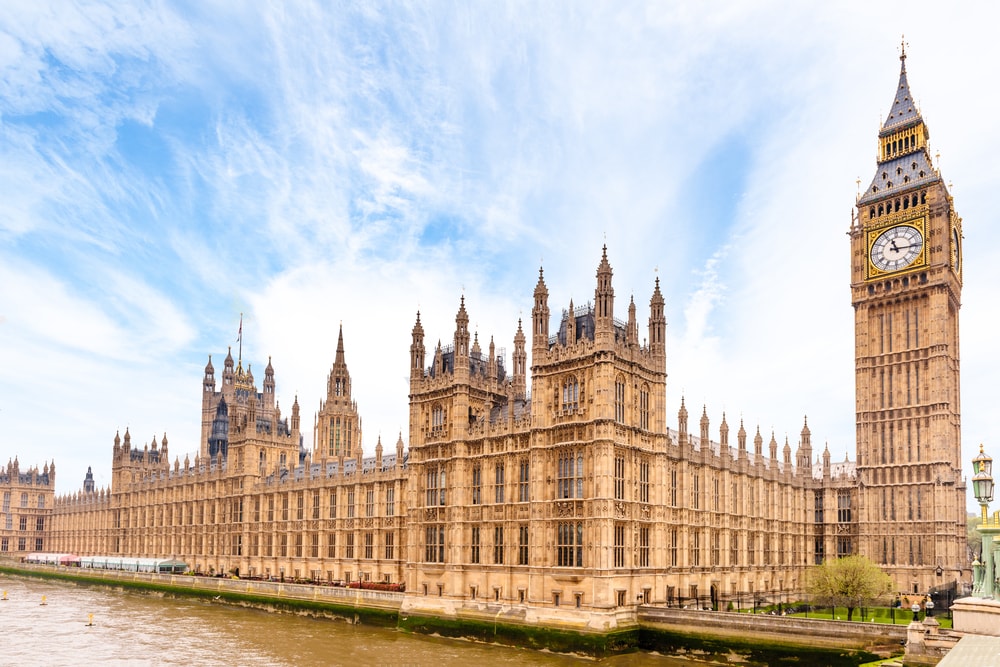Towers Watson’s Bina Mistry answers some key ABF questions
Just over five years ago, M&S implemented the first asset-backed funding (ABF) arrangement to help fund its pension deficit. Whilst that sparked interest, such arrangements were only considered viable for very large pension deficits, running to hundreds of millions. However, recently ABF arrangements have come into the mainstream. The number implemented is approaching 50, including some filling deficits as small as £10 million.
What is an ABF?
An ABF is a structure that gives the trustees protection on insolvency by providing the pension scheme with a future stream of cash payments, which are secured by unencumbered company assets. The additional security from the assets enables trustees to effectively extend recovery plans. The future stream of payments is capitalised creating an additional asset of the scheme, hence also improving the scheme funding level. The structure is a separate legal entity set up under Scottish partnership law.
What are the key financial benefits for the sponsor?
The key financial benefits of an ABF include reduced and deferred cash payments (especially given larger deficits in current conditions) and an acceleration of tax relief, which significantly reduces the net of tax cash flows in the short term (that is, the first four years due to tax relief spreading rules on pension contributions). The sponsor can also expect to see reduced PPF levies as a result of the ABF being treated as an asset of the scheme.
What are the other benefits?
Other benefits for the sponsor include an immediate reduction in the scheme deficit and the ability to substitute assets and retain operational control. In addition, ABFs can help manage the over-funding risk and facilitate de-risking activities. The trustee’s key benefit is immediate valuable upfront security in a default event.
What assets can been used?
Critical to any ABF is finding a suitable asset acting as collateral that genuinely provides additional security in the event of default and can be used to make good any outstanding future contributions. Whilst some assets are easy to understand and value (e.g. property, receivables, stock/inventory, plants and equipment) a number of other innovative assets are now being considered (e.g. inter-company loans and intangibles including brands).
The popularity of ABF arrangements as a means of reducing the cash burden on companies is likely to increase. This is due to an increase in recent deficit numbers for many sponsors, innovation in the range of assets that can be used, and a reduction in implementation costs.
Whilst there are a number of issues to work through, if structured properly an ABF arrangement can be a ‘win-win’ solution, easing difficult funding negotiations in challenging market conditions.
Bina Mistry is a senior consultant, Towers Watson



Recent Stories